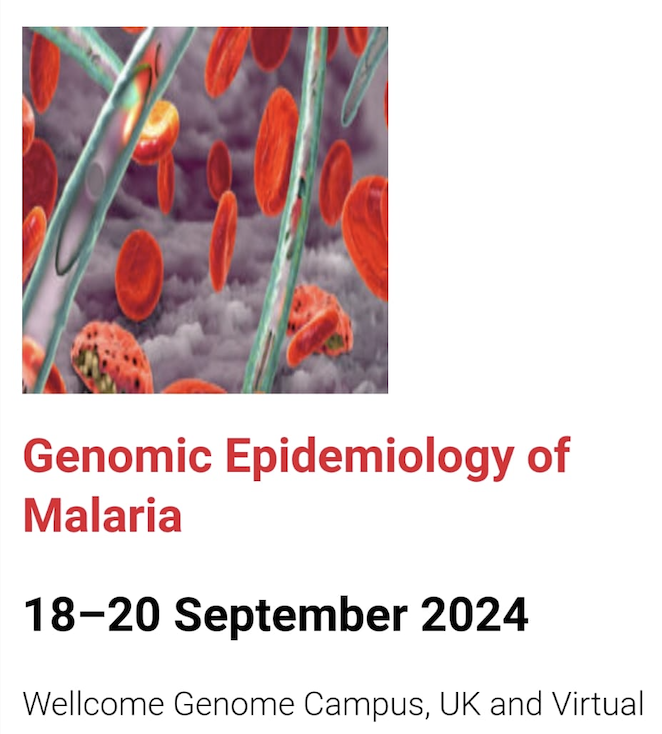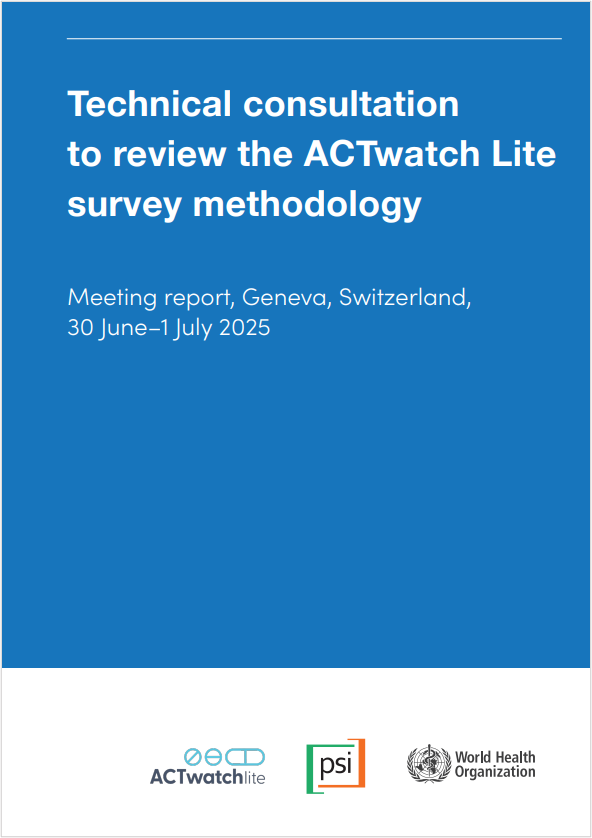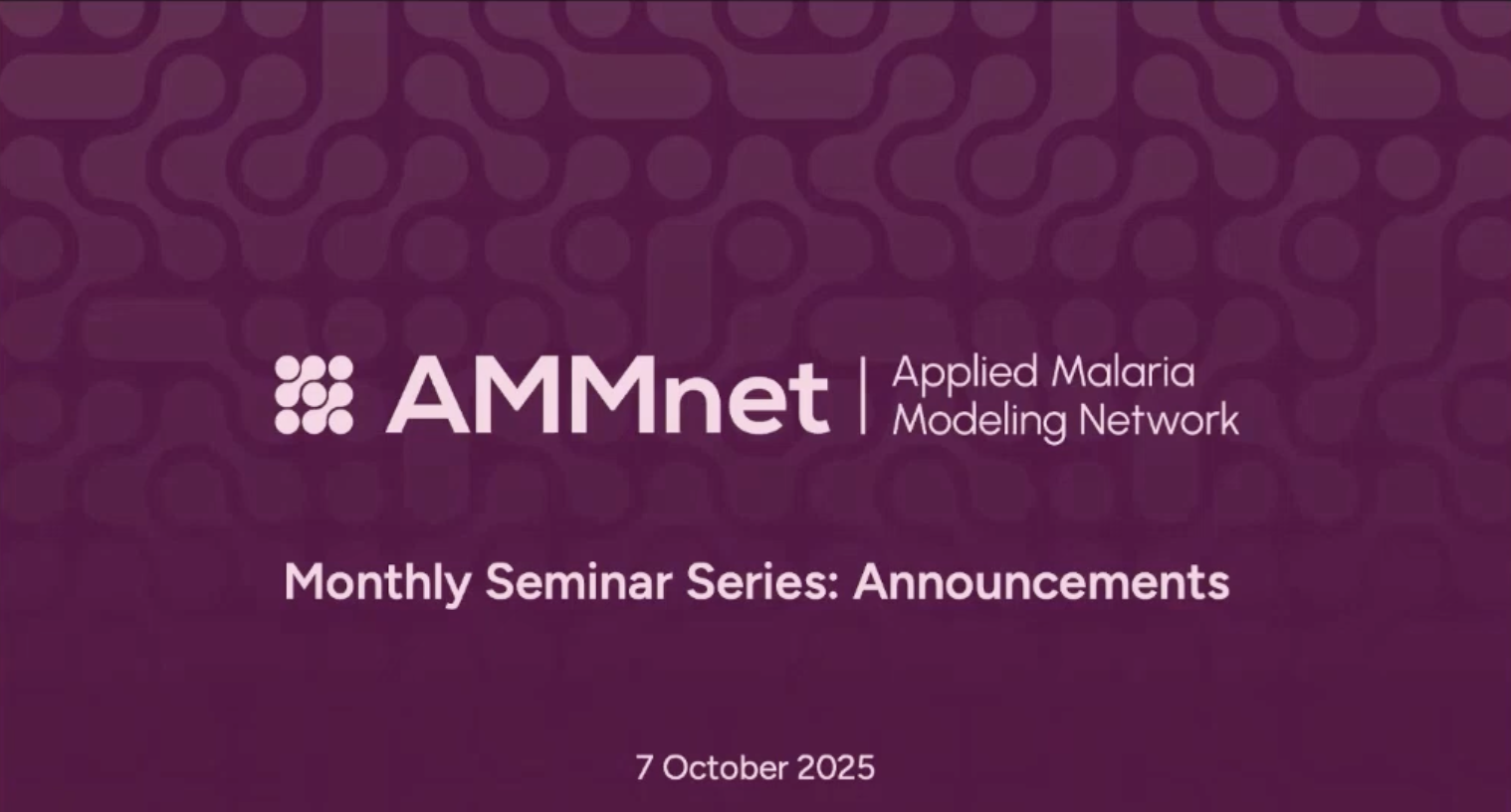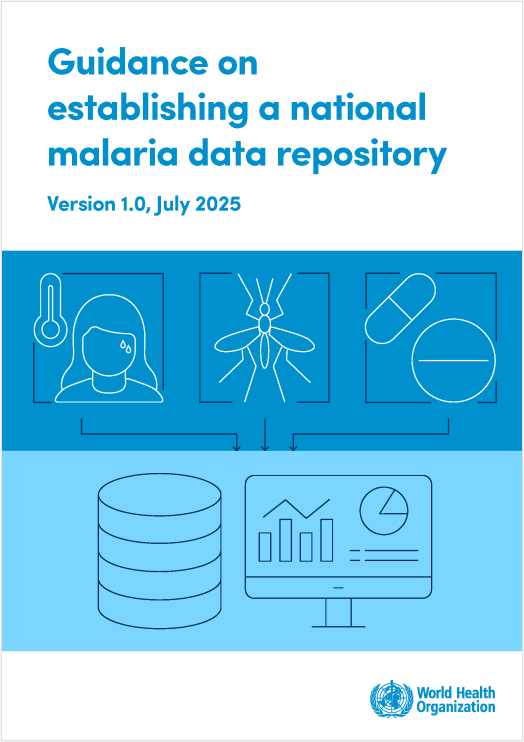9th Genomic Epidemiology of Malaria (GEM) Conference – 2024: Day 3
Friday, 20th September 2024
Published: 22/09/2024
This report is brought to you by the MESA Correspondents Ambadiang Mae Marilene M., Emma Collins, Deborah Neumbe, Duru Vincent Chiagozie, Leen Vanheer, and Nkemngo Francis Nongley. Senior editorial support has been facilitated by Andrew Balmer, Chiyun Lee, Jacob Tennessen and Patricia Doumbe Belisse
THEMES: THEMES: Basic Science | Epidemiology | Health Systems
MESA Correspondents bring you cutting-edge coverage from the GEM 2024 Conference “A forum for understanding the clinical and biological consequences of genome variation in malaria parasites, their vectors and human hosts”.
Session 6: Vector and parasites: neglected and emerging species
Nguyen Thanh Thuy Nhien (Oxford University Clinical Research Unit, Vietnam) presented her research on genomic surveillance of malaria in Vietnam. Cases of malaria in Vietnam have been decreasing in recent years, and the aim is to eliminate malaria by 2030. As cases decline, surveillance is focusing on hotspots of transmission, with Nhien’s team advocating a high throughput genotyping approach. Their surveillance efforts have screened 30-40% of annual malaria cases (>1000 samples), and have conducted multiple analyses to examine how these samples have changed over time. Findings showed that the prevalence of pvDHPS and pvMDR1 varied over time, and that pvMDR1 amplification has not yet been observed outside the target loci of the protocol. Additionally, the proportions of different malaria species have changed over time, with a decrease in Plasmodium vivax and increase in Plasmodium malariae, particularly in Khanh Hoa province. Khanh Hoa is currently a hot spot of malaria cases, indicated by clonal expansion of parasites, particularly in P.vivax. Nhien then highlighted ongoing challenges to elimination, such as implementation of drug resistance monitoring, integration of surveillance data with the National Malaria Control Program (NMCP), and addressed technical and operational limitations in relation to resources, infrastructure, costs and sustainability.
Dionicia Gamboa (Universidad Peruana Cayetano Heredia, Peru) talked about the molecular surveillance of P. vivax in Peru, and the last milestones for malaria elimination in hard-to-reach communities. P. vivax is the predominant species circulating in the area (over 82% prevalence), mostly affecting children and adults with co-morbidities in Loreto, a peri-urban city. A three-year cohort study using active case detection demonstrated micro-heterogeneity of malaria within and between communities. The work suggested this could be due to the high human mobility in the region, which is associated with economic activities. A high proportion of submicroscopic and asymptomatic infection cases were also observed, with two-three asymptomatic submicroscopic cases for every P. vivax case (~67% of total cases). High proportions of outdoor feeding among An. darlingi mosquitoes were also noted, which was associated with professions involving work outdoors. Gamboa also emphasised how the use of tools such as Loop-mediated Isothermal Amplification will be important in generating adequate molecular surveillance data to inform policy in Peru, and in the wider global context to aid malaria control. She then highlighted the Malaria zero plan & National malaria elimination plan (2022-2030) that incorporates molecular testing for asymptomatic individuals and seroepidemiology to detect malaria re-introduction.
Jacob Tennessen (Harvard T.H. Chan School of Public Health, United States) presented research on Anopheles darlingi: the primary endemic malaria vector in South America. Following extensive studies on the main African malaria vectors Anopheles gambiae and Anopheles funestus, this study was established to investigate if key characteristics observed in these species, such as the complex taxa, high genetic diversity and distinct evolutionary histories are also observed in An. darlingi. Tennessen’s team sequenced over 1000 An. darlingi specimens from 15 sites across six countries. No evidence of sympatric cryptic taxa was observed. Principal Component Analysis (PCA) and ancestral groupings observed could mostly be explained by geography, indicating low gene flow between populations. Notably samples from Sifontes, Venezuela and Guyana separated from each other by only 200 KM appear in two distinct genetic clusters. Samples had high genetic diversity, with more than 2% heterozygosity for most samples. Long distance linkage disequilibrium was observed, likely maintained by inversions, which also correlated with peaks in heterozygosity. One significant finding was a signal of low heterozygosity at a P450 gene locus, associated with metabolic insecticide resistance. This is notable, because target site insecticide resistance polymorphisms have not been detected so far in An. darlingi.
Zach Popkin-Hall (University Of North Carolina, Chapel Hill, United States) presented on population genomics of Plasmodium malariae from four African countries. P. malariae has a lower prevalence compared to P. falciparum but may become more prevalent as P. falciparum declines. 77 P. malariae isolates from Cameroon, Democratic Republic of the Congo, Nigeria and Tanzania were collected between 2015 and 2021, and subjected to whole genome sequencing. In addition, P. falciparum isolates from the same areas were also selected from the Pf7 release. Complexity of infection (COI) in P. malariae was found to be much lower than in the P. falciparum samples. In addition, Popkin-Hall found that the nucleotide diversity was lower in P. malariae isolates compared to P. falciparum, and that the linkage disequilibrium (LD) was higher in P. malariae with larger LD blocks. An analysis of demographic history showed that the P. malariae population is in recovery from a bottleneck. Genome-wide selection scans determined six putative drug resistance markers showed evidence of selective sweeps.
Hoseah Akala (Kenya Medical Research Institute/Walter Reed Army Institute of Research – Africa, Kenya) shared insights on the burden and drug resistance profiles of P. ovale,which present challenges for malaria elimination. Their study established the burden of non-falciparum infections in symptomatic and asymptomatic infections in Kenya, and further determined the frequency of P. ovale DHFR/DHPS mutations in these samples, alongside those from other regions of Africa. Findings showed that individuals tested with malaria in hospital settings were more likely to have mixed species infections than those in households. Analysis on 518 P. ovale curtisi and P. ovale wallikeri samples collected from the French National Malaria Reference Centre were combined with field samples from several countries, including Gabon, Benin and Kenya. These samples showed the presence of two mutations: Ala15Ser-Ser58Arg in P. ovale curtisi and Phe57Leu-Ser58Arg mutations in P. ovale wallikeri. These mutations were most prevalent in Central and East Africa, and were fixed among Kenyan isolates. Whole-genome sequencing and microsatellite analyses revealed reduced genetic diversity around the mutant P. ovale curtisi and P. ovale wallikeri DHFR genes. The mutant DHFR proteins showed structural changes at the pyrimethamine binding site in-silico, confirmed by a 4-fold increase in pyrimethamine half-maximal inhibitory concentration for Phe57Leu-Ser58Arg and 50-fold increase for Ala15Ser-Ser58Arg, compared with the wild-type counterparts.
Sunil Kumar Dogga (Wellcome Sanger Institute, United Kingdom) presented a new chapter in the Malaria Cell Atlas, uncovering insights into neglected malaria parasites, Plasmodium ovale and Plasmodium malariae using single-cell RNA-sequencing in Mali. While P. ovale and P. vivax are less common than P. falciparum, understanding their biology has been difficult due to the lack of a complete reference genome or transcriptomic studies. Dogga’s team performed short- and long-read single cell RNA sequencing (scRNA seq) on blood material from Malian individuals infected with P. ovale and P. malariae during the 2021-2022 transmission seasons. They then investigated transcriptional, isoform, and genotypic diversity of these parasites, both within and between hosts. A single cell reference atlas of P. ovale and P. malariae was generated, allowing for the exploration of the species biology, such as the ordering of cells by their developmental time, alongside investigation of stage-specific gene expression patterns and gene expression clusters. Higher genetic diversity was observed among P. malariae parasites compared to P. ovale, suggesting lower levels of recombination in P. ovale. Pacbio long-read sequencing was then used to make new reference genomes for the samples, which led to a significant improvement compared to previous reference genomes. These insights are available on the Malaria cell atlas website: www.malariacellatlas.org.
Session 7: What next? Priorities for genomic epidemiology of malaria – Panel discussion
The audience-based discussion, introduced by Abdoulaye Djimdé (University of Bamako, Mali), revolved around two key questions initially raised in the welcome remarks:
- How can we improve the translation of genomic data to inform treatment policy?
- How do we see the field moving forward as genomic data production becomes more decentralized?
The discussion centred on advancing Genomic Epidemiology of Malaria research, to achieve the malaria elimination goal of 2034. The discussion underscored the importance of whole genome sequencing (WGS), and there was a particular emphasis on the sustainability of funding. Furthermore, emphasis was placed on the importance of genetic data to be translated into treatment policy. An especially important factor is the need for resistance markers for lumefantrine and amodiaquine combination drugs, as artemether-lumefantrine is currently used in ~80% of ACT treatments across Africa. Participants also discussed contingency plans for when these partner drugs fail and highlighted the value of combining drug resistance markers with treatment failure data to provide a complete epidemiological picture.
Effective communication was also stressed as essential, particularly in translating complex genomic data in a way that is accessible to Ministries of Health, National Malaria Control Programmes, local leaders and the general public. While simplifying these complex messages can be tempting, it is crucial to retain the nuances of the information. In line with this, it was suggested that meetings such as GEM should extend invitations to wider stakeholders not just researchers, as this would be valuable to get varied points of view and inputs.
The discussion also addressed improvement in capacity and development in the field, including issues with sustainability of research, such as maintaining equipment and ensuring long-term data storage. Participants emphasised the need to ensure data is stored well, in a way that is both open-source and accessible, and to be accompanied by metadata for future analysis. Data sharing was highlighted as critical for the development of future vaccines and therapeutics, both of which are essential for malaria elimination. However, it was noted that while investment in training is increasing, the fact that much of it is conducted in English may be a barrier for many researchers.
Another topic was integrating WGS into routine clinical practice and pairing WGS data with phenotypic data to better understand how resistance markers translate into treatment failure. To minimize “opportunistic sequencing”, studies investigating the genomics of clinically relevant phenotypes must be carefully planned and integrated into clinical trials from the outset, ensuring they have sufficient statistical power to detect novel drug resistance markers.
The need for a streamlined data analysis platform was also discussed. This platform should enable sequencing to be performed in the field, with real-time sequence uploads, and run necessary analyses with just a few simple clicks to generate reports that are easy to interpret.
In summary, better molecular markers for partner drugs resistance monitoring are needed. While amplicon sequencing is adequate for surveillance of known genetic markers, WGS has the potential to contribute additional information which will be relevant in malaria eradication and therefore more whole genome data should be generated. There is a need for easy and standardised ways to generate, analyse and report genomic data. Lastly, the translation from research findings to governmental level should be accelerated.
Closing remarks and prize presentation
Sarah Auburn (Menzies School of Health Research, Australia) introduced the various awards starting with the Dominic Kwiatkowski Genomic Epidemiology of Malaria 2024 Prize award. This £5,000 cash prize, established by Dominic’s family and close friends, was awarded to two exceptional early- and mid-career researchers who demonstrated great potential to become future leaders in the field of genomic epidemiology. The prizes were presented by Alfred Amambua Ngwa (MRC Unit The Gambia at London School of Hygiene and Tropical Medicine, The Gambia), with the first prize going to Moses Ikegbunam (Nnamdi Azikiwe University, Nigeria) and the second to Eniyou Cheryll Oriero (London School of Hygiene & Tropical Medicine, United Kingdom). Poster prizes were awarded to Seri Kitada (Wellcome Sanger Institute, United Kingdom), Kyong-shin R. F. (University of North Carolina, Chapel Hill, United States & the National Biomedical Research Institute, Democratic Republic of the Congo) and Nelly Tatchou-Nebangwa (University of Buea, Cameroon & Centre for Research in Infectious Diseases, Cameroon). Deus Ishengoma (National Institute for Medical Research, Tanzania) concluded the conference by expressing his gratitude to everyone who participated in this year’s GEM conference in-person and virtually. He extended his thanks to the presenters, organisers and the support team from the Welcome Connecting Science Institute for contributing to the success of the conference.
Published: 22/09/2024
This report is brought to you by the MESA Correspondents Ambadiang Mae Marilene M., Emma Collins, Deborah Neumbe, Duru Vincent Chiagozie, Leen Vanheer, and Nkemngo Francis Nongley. Senior editorial support has been facilitated by Andrew Balmer, Chiyun Lee, Jacob Tennessen and Patricia Doumbe Belisse
THEMES: Basic Science | Epidemiology | Health Systems



